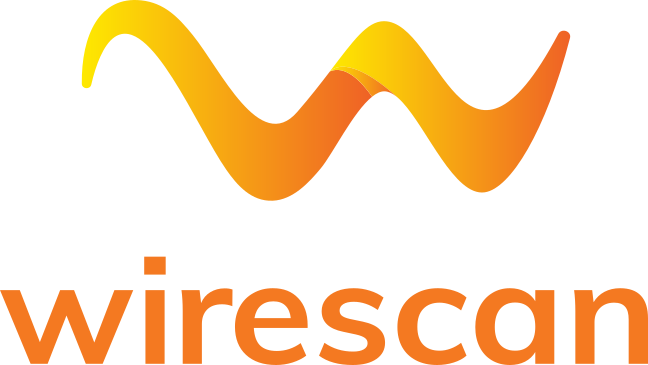Wirescan News: The LIRA Technology to support a methane emission climate change research
Methane is a powerful greenhouse gas. Huge amounts of it in the form of methane hydrates are stored around the world in the sea floor. Upon escaping into the atmosphere, greenhouse gases act as a blanket insulating the Earth, absorbing energy and slowing the rate at which heat leaves the planet. Due to this “greenhouse effect”, the Earth’s average temperature does not fall below freezing.
However, the “greenhouse effect” has grown stronger over the past centuries, contributing to the warming of the planet at a rate which many consider alarming.
Lofoten islands (public photo)
A reliable and sufficient power supply is essential for the real time data acquisition.
The issue of the methane emission climate change in the ocean is a focus of gas hydrate research of many institutes including the Norwegian Institute of Marine Research (Havforskningsinstituttet).
Within the framework of this and other projects, Norwegian Institute of Marine Research does a continuous real time data acquisition at the Lofoten-Vesterålen Ocean Observatory - LoVe Ocean (https://loveocean.no/).
LoVe Ocean is a network of cabled and autonomous scientific subsea nodes equipped with various chemical, physical, biological sensors, and a satellite with passive acoustics and imaging. A reliable and sufficient power supply to the nodes is essential for the process.
Fault localization with the LIRA Technology.
Norwegian Institute of Marine Research has engaged Wirescan AS to utilize our patented LIRA (Line Impedance Resonance Analysis) Technology for cable condition assessment and fault localization.
We are proud to support this important research.
Typical LIRA spot signature (generic data)
Successful track record.
The LIRA Technology has been successfully used since 2005 for fault location and condition monitoring of electrical power cables in all corners of the world and in all industries: offshore and onshore wind, cable manufacturing, power transmission and distribution, oil and gas, nuclear and railway.
The accuracy of fault localization is 0.1 - 0.3% of cable length.
Read more about the LIRA Technology at https://www.wirescan.no/lira-technology-1



